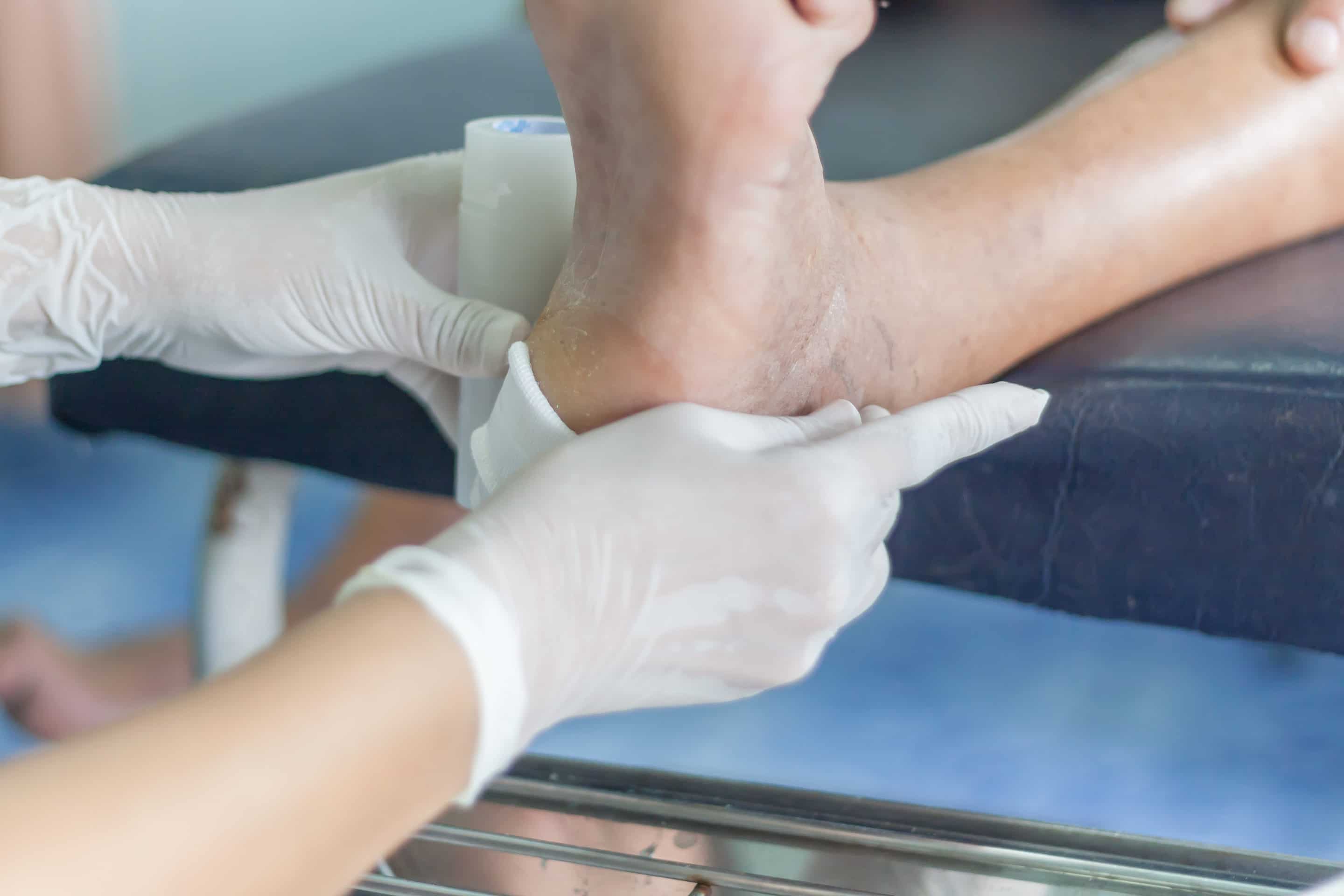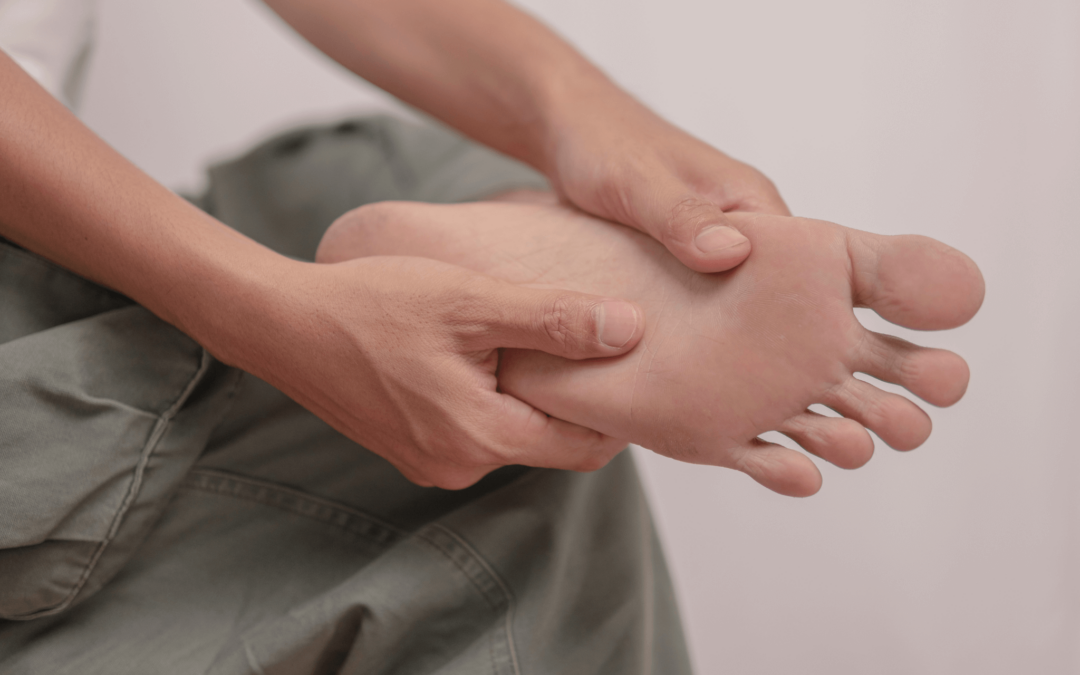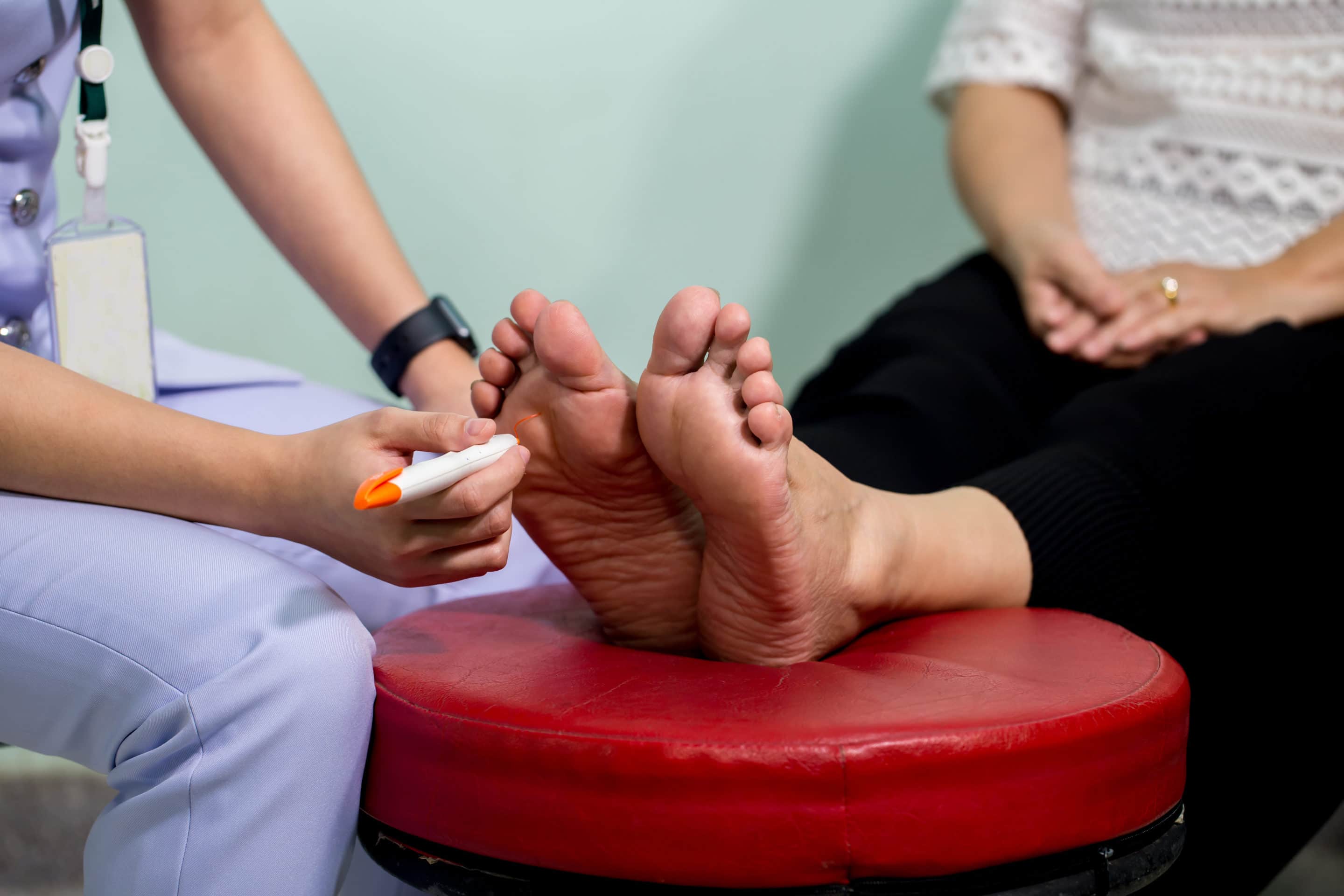Whenever we are faced with a diabetic wound, prompt and proper care is essential.
Any wound to the foot is always worthy of needed attention, of course, but diabetic wounds have a higher risk of infection and complications if they are not addressed well. That makes treating them a priority.
But providing the best in diabetic wound care is not just about making sure a patient’s injuries are properly cleaned and dressed. The best treatment also involves helping patients reduce their risks of additional wounds happening in the future.
The best way to treat any injury, after all, is to help prevent it from getting bad in the first place – or from ever occurring at all!
How are we equipped to both directly treat diabetic wounds and aid in prevention? Here are the approaches we take.
We Have Access to Extensive Wound Care Treatment Options
We can treat many diabetic wounds effectively right here in our office. However, more severe or unique cases can arise that require access to more advanced tools and technology than we have here.
For these cases, we can provide treatment at a specialized wound clinic about 5 miles away from our office. This provides us easy access to the tools we need to take on wounds that are more serious or require an even more particular type of attention than what we provide in-office.
The wound clinic is a great means for us to provide further wound care without having to send our patients through the hospital system.
We Follow Up with You Through Recovery
Once a diabetic wound is properly cleaned, debrided, and dressed, that is not the end of treatment. It must also be assured that the wound heals properly and runs into no complications during the healing process.
A major part of what makes diabetic wounds more of a challenge than typical injuries is how healing can be much slower. This is usually due to how complications from diabetes can damage blood vessels and lead to a buildup of plaque within them (a condition often referred to as peripheral artery disease or PAD).
Decreased blood flow to the feet means that cells receive less of the oxygen, growth factors, and other items they need to carry out their functions – including repairs. Wounds take more time to heal because cells are not getting all the tools they need for timely work.
As long as wounds remain open and not fully healed, they will continue to require attention and care. Part of recovery will likely require taking pressure off the area (aka “off-loading”) to provide a better opportunity for healing. This may include the use of a walking boot, crutches, or other equipment, based on each patient’s particular needs.
We will continue to monitor the progress of recovery as needed, often through scheduled follow-up appointments. If a wound is not healing as well as it should, we might recommend more advanced treatments to help aid a faster and safer recovery.
We Take Preventative Action Against Future Wounds
Taking care of any current diabetic wounds and ensuring they heal properly is the top priority, but total diabetic foot care is not just about being reactive to problems that arise. If anything, it should be as proactive as possible; taking steps to reduce the risks of wounds and other complications that can compromise a patient’s foot health, comfort, and mobility.
We can identify the factors that may be increasing your chances of diabetic wounds and make recommendations on how to best mitigate them.
For example, perhaps there is an abnormality in your foot structure that causes your weight to shift and focus on a particular part of your foot, increasing the pressure and risk of injury there. We can prescribe custom orthotics to properly redistribute weight across the feet and eliminate that area of concern.
Other situations might involve your footwear. They might be improperly supporting your feet and causing shifts in weight similar to an abnormal foot structure. Or they might contain spots of seams or rough material that can easily irritate the skin, leading to blisters or sores. We can recommend more accommodative footwear for your needs, including seamless socks and shoes specially designed for diabetic feet.
There are other recommendations and preventative treatments that may greatly reduce one’s risks of serious diabetic wounds. Different patients have different needs, and we can learn all about yours through a physical evaluation and discussing the different factors that impact your feet in your daily life.
Make Foot Care Part of an Ultimate Diabetes Management Plan
Having a podiatrist to attend to wound care treatment and prevention is an invaluable asset, and we are even more effective when working as part of a diabetic care team. A general practitioner, foot care specialists, and other experts (as needed) can all stay on the same page and help you ensure you’re receiving the best care.
But whether you have a team now or not, never wait for wounds to become bad before seeking the help you need. In fact, you don’t even have to wait for any wounds to develop at all. We’ll be more than happy to see you now and discuss ways to help ensure better foot health for years to come.
Schedule an appointment at Texas Foot & Ankle Center by calling our Dallas office or by filling out our online contact form.



